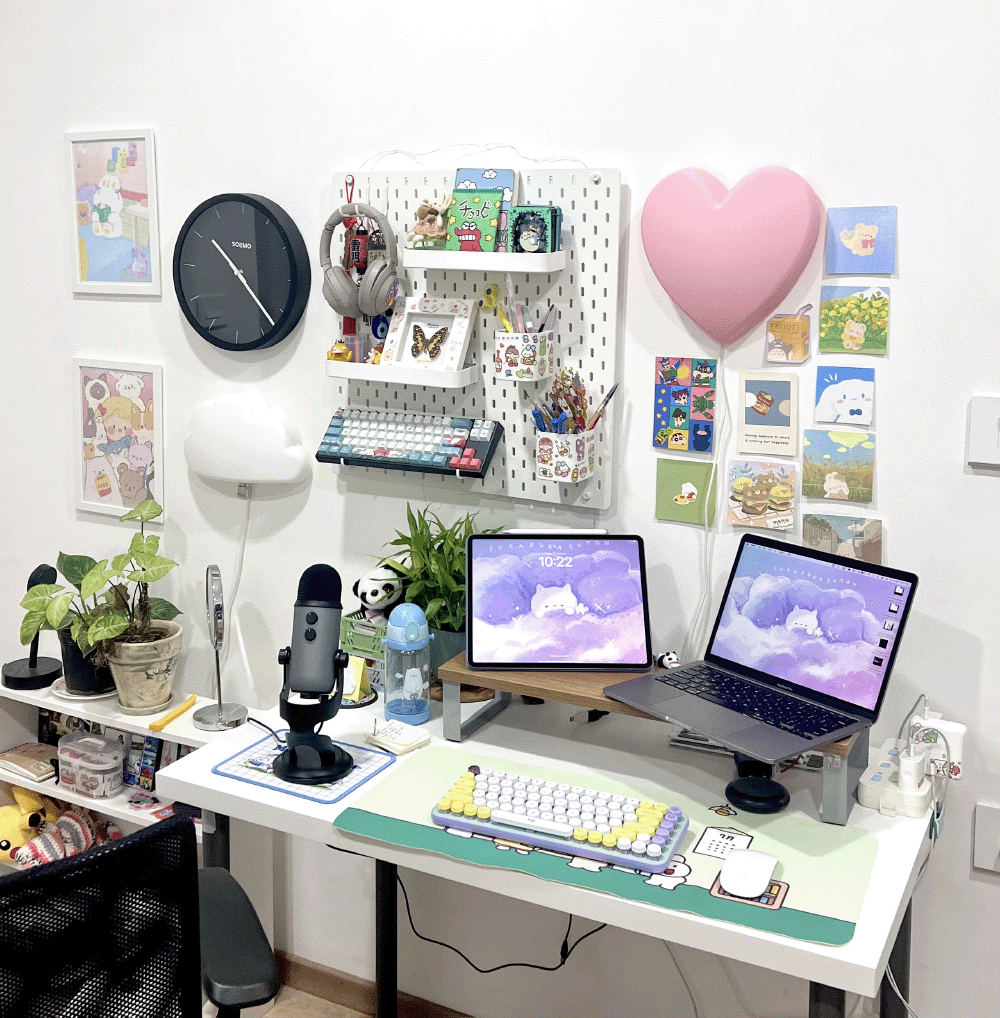What makes a setup ergonomic?
For decades, scientists and medical professionals have been attempting to understand the human body and how it interacts with its environment. An ergonomic setup's purpose is to help you maintain excellent posture and a healthy body position while working, which can help prevent injuries and pain. Adjusting the height of your chair and desk to a comfortable position and utilizing a keyboard and mouse that are easy to operate and pleasant to grasp, etc., are some ergonomic setups.
Do you really need an ergonomic setup?
An ergonomic setup may assist in decreasing the likelihood of injuries while also enhancing overall comfort and productivity in any job that demands repeated activities or incorrect postures. This involves:
- Many office workers are prone to injuries, including carpal tunnel syndrome, tendinitis, and back discomfort, especially those who spend a lot of time sitting at a desk or using a computer.
- Workers in manufacturing and other industries who do repetitive tasks or adopt improper postures.
- Nurses and physicians spend a lot of time transporting and lifting patients.
- Customer service representatives who work long hours at a desk or on the phone.
- Writers and artists spend a significant amount of time at a desk or in front of a computer.
How much does an ergonomic setup cost?
The cost of an ergonomic setup might vary substantially based on the equipment you choose and the number of items you want. A basic ergonomic setup can include a chair with decent back support, a footrest, and a wrist rest for your keyboard, and these items can range in price from a few hundred to over a thousand dollars.
A more comprehensive ergonomic setup may contain extra things, such as a standing desk, a monitor stand, and a dedicated keyboard and mouse, which may raise the price even further. An ergonomic setup will cost you at least several hundred dollars and maybe more, depending on your demands and the individual products you pick.
Ideas for building an ergonomic setup
The best setup for you will depend on your specific needs and preferences. Below listed are some common types of ergonomic setups:
- **Standing desks:**These desks allow you to work while standing, which can reduce the risk of musculoskeletal disorders associated with sitting for long periods.
- Adjustable desks:These desks have an adjustable height, which allows you to switch between sitting and standing throughout the day.
- Ergonomic chairs:These chairs are designed with ergonomics in mind and may have features such as lumbar support, adjustable armrests, and a contoured seat.
- Keyboard trays:These trays allow you to adjust the height and angle of your keyboard to a more comfortable position.
- Document holders:These holders keep documents at a comfortable reading distance and angle, reducing the risk of neck and eye strain.
- Headsets and speakerphones:These devices allow you to communicate hands-free, reducing the risk of neck and shoulder strain.
- Ergonomic keyboards and mice:These devices are intended to decrease the likelihood of musculoskeletal problems.
- Monitor stands and risers:These devices allow you to adjust the height and angle of your monitor to a more comfortable position.
Tips for an ergonomic setup
Adjust the height of your chair and desk: When seated, your feet should be flat on the ground, and your knees should be bent at a 90-degree angle. If your desk is too high or low, you can use a footrest or a desk riser to adjust the height.
Position your computer monitor at eye level: Avoid straining your neck or eyes by placing your monitor at a comfortable viewing distance (around an arm's length away) and eye level. To achieve the ideal posture, you may need to modify the height of your display or utilize a monitor stand.
Use a keyboard tray or adjust your desk height: Keep your wrists straight and your elbows at a 90-degree angle when typing. A keyboard tray can help you maintain this posture, or you can adjust the height of your desk to bring the keyboard to the proper level.
Take breaks and stretch: Get up from your desk and take a break every 20-30 minutes to stretch and move around. This can help reduce muscle tension and fatigue.
Invest in ergonomic office equipment: Consider purchasing an ergonomic chair, keyboard, mouse, or other equipment designed to promote proper posture and reduce the risk of injuries.




